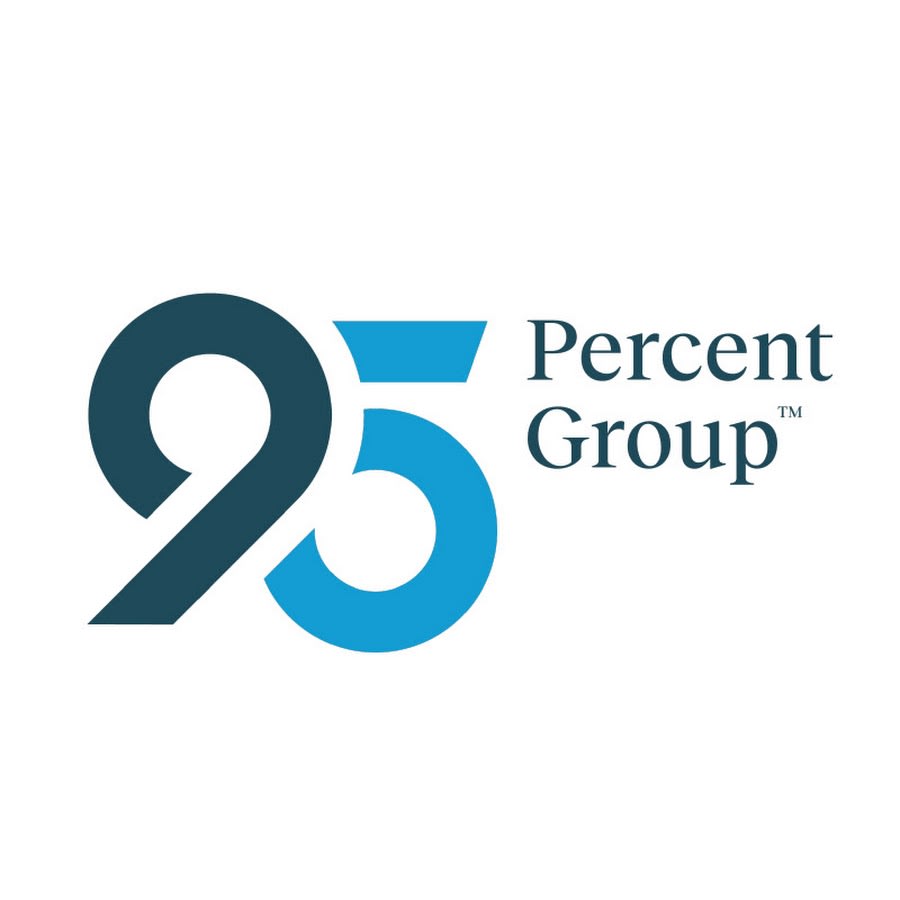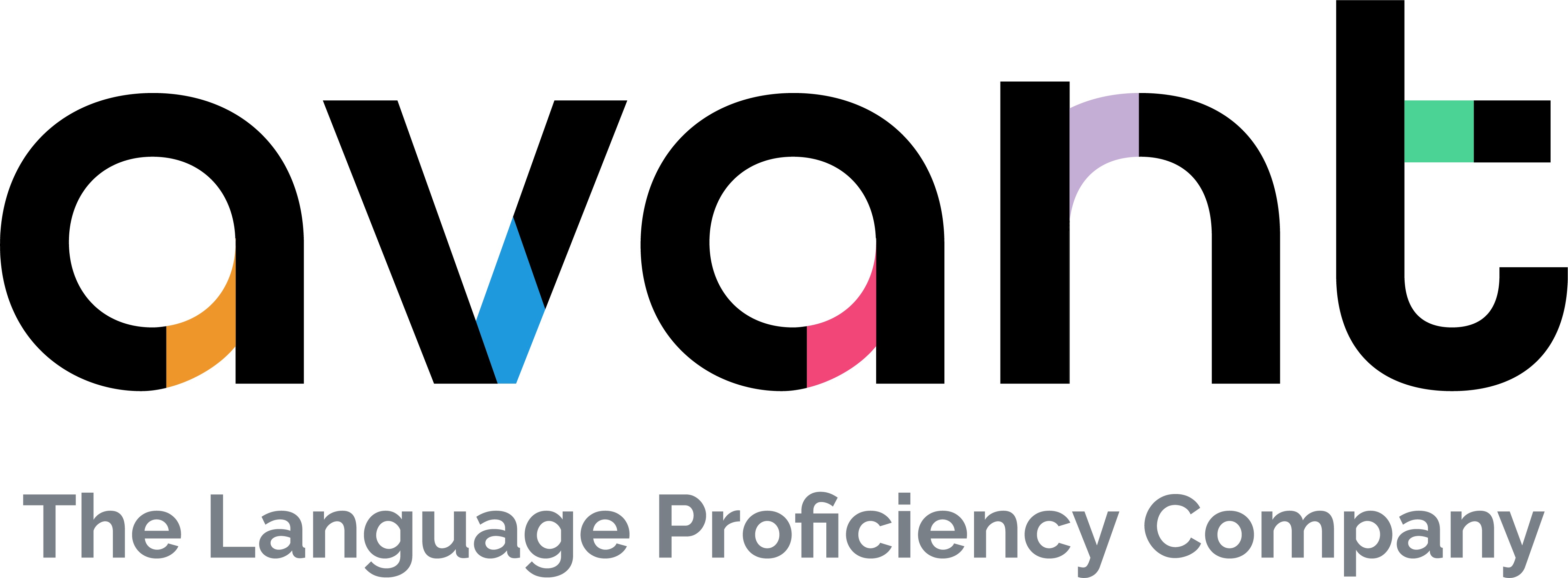Dive Brief:
-
Charter school stakeholders — including state policymakers, authorizers, charter schools themselves, and related support organizations — can do more to ensure students with disabilities receive high-quality special education services while enrolled in public charter schools, according to a study released last week by the nonprofit Center for Learner Equity.
-
Charter school authorizers, for instance, could better leverage their oversight to help close opportunity gaps for students with disabilities, the study said.
-
As competition grows among private, traditional and nontraditional schools, charter schools should "double-down" on enrolling and supporting students with disabilities with high-quality instruction and supports, said Lauren Morando Rhim, co-founder and executive director of the center, which supports inclusive school approaches.
Dive Insight:
To date, the report said, charter schools have failed to "consistently address the needs of students with disabilities or, perhaps more importantly, close the gap in educational outcomes between students with disabilities and their peers." This can have long-term negative consequences on students' academic, mental and behavioral development if their charter schools are not prepared to support them, the study said.
Morando Rhim said the purpose of the study and four accompanying reports is to elevate proven practices and increase successful charter school opportunities nationwide for students with disabilities.
"You want all kids to have access to high-quality learning experiences and learning environments," she said. "It's not just that you've got them in the schools, it's that they're having success in those schools."
A fifth report is expected to be released in the fall on how charters can move the needle on serving students with disabilities.
The study, supported with funding from The Bill & Melinda Gates Foundation, found the percentage of students enrolled in charter schools who qualify for special education services under the Individuals with Disabilities Education Act has increased steadily — from 10.4% in 2012 to 11.5% in 2021. But the enrollment rate for those students is still lower than that of traditional public schools, which was 14.1% in 2021.
That enrollment gap, if the trend continues, could result in a significant equity gap in the next decade for historically marginalized students who also have a disability, the study said.
Some of the recommendations made in the reports include:
-
State policymakers should do more than just ensure charter schools meet their legal obligations for students with disabilities. State education agencies, for example, could develop guidance on projected costs of providing appropriate special education services in charter schools.
-
Charter school authorizers should hold schools accountable by including special education programming as a factor in charter school renewal decisions. Additionally, authorizers should require corrective action from schools when they don't meet benchmarks for students with disabilities, as well as publicly report data on students with disabilities’ access to and educational outcomes in charter schools.
-
Nonprofit organizations play an important role in helping charter schools build capacity to service students with disabilities, as well as through policy advocacy work. The study recommends nonprofits can further expand their influence by collecting and analyzing data to help other stakeholders better understand where there are challenges to serving students with disabilities.
The center pointed to many best practices that charter school stakeholders can learn from and replicate. A case study shows that charter schools in Washington state enroll a greater share of students with disabilities compared to charter schools nationally. Washington charters are also more likely to educate students with disabilities in general education classrooms.
Charter school leaders and teachers in the state who were interviewed for the study attribute these trends to supportive organizations that provide technical assistance, hiring equity-minded teachers, and building inclusive school cultures, among other strategies.














